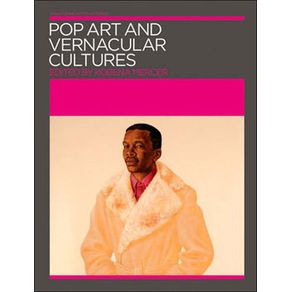How does pop art translate across cultures? What does pop art look like through a postcolonial lens? In the global marketplace of images, artists have long challenged the discourse of officialdom by turning to dissident elements in the languages of vernacular culture. This volume casts new light on the aesthetics and politics of pop by taking a cross-cultural perspective on what happens when everyday objects are taken out of one context and repositioned in the language of art. Pop Art and Vernacular Cultures examines practices that range from the recycling of consumerist waste in Chicano "rasquachismo" to the painterly pastiche of Hindu "photo-gods," exploring the semiotic transformations that arise when art reveals unexpected antagonisms in the social life of images. Showing how boundaries marking "high" and "low" are further corroded by strategies that question categories of "folk," "nation," and "people" in the global culture of modernity, this book breaks new ground in understanding pop art's ambiguous reaction to (and compliance with) the dynamics of high capitalism. When Mao goes pop, should we see the results as avant-garde, anti-modern, or postmodern? Who "owns" popular culture in South Africa or Brazil? The critical revision proposed by this third volume in the Annotating Art's Histories series dramatically expands the world map of the period from which our definitions of contemporary art are drawn.



